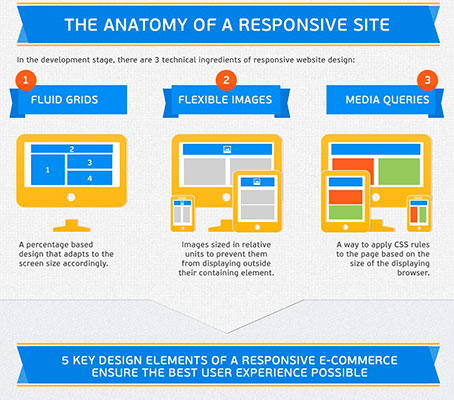Return Effective Understandings Into Exactly How Shade Psychology Affects User Habits On Internet Sites, Stimulating Inquisitiveness About Its Influence On Your Brand Name'S On The Internet Existence
Return Effective Understandings Into Exactly How Shade Psychology Affects User Habits On Internet Sites, Stimulating Inquisitiveness About Its Influence On Your Brand Name'S On The Internet Existence
Blog Article
Web Content Author-Callesen Hermann
Use the power of color psychology in site layout to improve customer involvement and assumption. Shades trigger feelings, communicate messages, and influence how individuals interpret your site. They impact actions and decision-making, so pick sensibly. Cozy shades develop necessity, while cooler tones generate relaxation. Contrasting click over here now help highlight crucial elements. Shades form your brand name identity, enhancing acknowledgment and connection with your target market. By aligning shades with your brand values and considering your target market's preferences, you can produce a visually attractive and emotionally resonant web site. Your website's color pattern can make a significant difference in exactly how users perceive and connect with your brand name.
Relevance of Color Psychology
Recognizing the significance of color psychology is important for producing impactful and appealing website layouts that resonate with your target market. Shades have the power to stimulate feelings, convey messages, and impact understandings. By strategically selecting the best colors for your internet site, you can boost the total customer experience and leave a long-term impression.
Shade psychology plays an important role in shaping the understanding of your brand. Various shades have special associations and definitions connected to them. As an example, blue is commonly associated with trust fund and professionalism, while red can evoke sensations of enjoyment or necessity. By aligning the colors on your internet site with your brand worths and messaging, you can establish a strong aesthetic identification that brings in and keeps users.
In addition, shade options can impact customer habits and decision-making. Researches have actually revealed that certain colors can influence just how customers perceive details and interact with a website. By recognizing the psychological impacts of shades, you can design a web site that guides users towards particular activities, such as making a purchase or signing up for an e-newsletter.
Influence on Customer Habits
Color options in web site style can directly affect just how customers act and connect with the material offered. When users see a website, the shades utilized can evoke certain emotions and feedbacks that affect their browsing experience. For instance, warm shades like red and orange can develop a sense of necessity or enjoyment, prompting customers to take action promptly. On the other hand, great colors such as blue and environment-friendly tend to have a relaxing impact, ideal for promoting leisure or depend on.
Using contrasting shades can draw attention to important elements on a webpage, directing customers towards details locations like switches or calls to activity. Likewise, a well-balanced color design can boost readability and navigating, making it much easier for customers to discover info and engage with the web content. By strategically integrating colors that line up with your web site's objective and target market, you can efficiently influence user actions and improve total communication.
Enhancing Brand Name Identity
To develop a solid and recognizable brand identity with website design, take into consideration just how shade selections can play a vital role in shaping how customers perceive and get in touch with your brand. Shades stimulate feelings and associations, making them powerful devices for sharing your brand name's values and personality. Consistency in color usage throughout your website can aid strengthen brand name acknowledgment and develop a cohesive aesthetic identity.
When picking website content creation for your website, think of exactly how different shades line up with your brand's message. For example, blue frequently signifies dependability and professionalism and reliability, while green can evoke feelings of development and eco-friendliness. By including these color definitions purposefully, you can improve your brand name's photo and interact with customers on a subconscious level.
Remember that shade psychology isn't one-size-fits-all; it's necessary to consider your target market's choices and cultural distinctions when selecting shades. By leveraging the psychology of shade in your web site layout, you can reinforce your brand name identification and leave a long-term perception on site visitors.
Verdict
As you navigate the huge sea of web sites, remember the power of shade psychology directing your every click. Like a painter with a palette, developers craft on the internet experiences that evoke emotions and shape assumptions.
From soothing blues to vibrant reds, each hue plays an important duty in recording your focus and affecting your actions. search engine specialist browse the web, take a minute to value the artistry behind the colors that border you.
